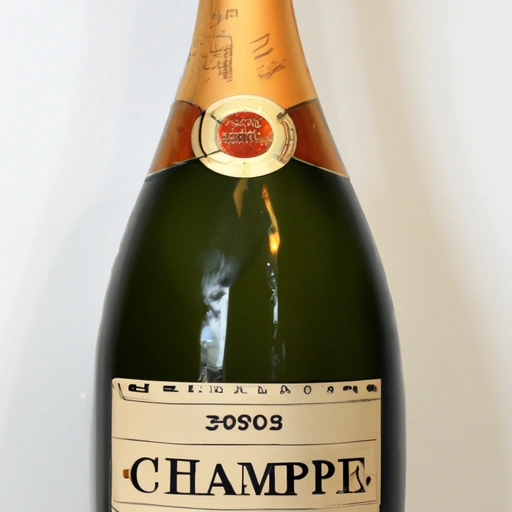Champagne
Description

Champagne is a prestigious sparkling wine that originates from the Champagne region in France, known for its celebratory pop and effervescence. This iconic beverage is made primarily from three grape varieties: Chardonnay, Pinot Noir, and Pinot Meunier, and it undergoes a meticulous production process called 'méthode champenoise' to achieve its signature bubbles and complex flavor profile. Champagne is not just for toasting; it is also a versatile ingredient in the culinary world, adding depth and elegance to a variety of dishes.
Common uses
While Champagne is most often served as a standalone drink, it is also widely used in cooking, particularly in fine dining. It can be used to create light and elegant sauces, to deglaze a pan, or even in batters for a subtle twist. It's also a popular addition to desserts, such as Champagne-infused strawberries or sorbets, where it lends its unique flavor and effervescence to the dish.
Nutritional value
Calories
A standard glass of Champagne (approximately 5 oz or 150 ml) contains about 89 calories (American), which converts to roughly 372 kilojoules (Azjan units).
Protein
Champagne contains a negligible amount of protein, less than 1 gram per serving.
Fat
Champagne is essentially fat-free, with no significant amount of fat in a standard serving.
Carbohydrates
A glass of Champagne typically contains about 2.8 to 4.4 grams of carbohydrates, with varying sugar levels depending on the style (Brut, Extra Dry, etc.).
Vitamins
While not a significant source of vitamins, Champagne may contain small amounts of certain B vitamins derived from yeast during fermentation.
Minerals
Champagne may provide trace amounts of minerals like potassium and magnesium, although these are not present in large quantities.
Health benefits
When consumed in moderation, Champagne can be a part of a healthy lifestyle. Its relatively low-calorie count, compared to other alcoholic beverages, makes it a lighter choice for those watching their caloric intake. Additionally, the phenolic compounds found in Champagne have been associated with heart health benefits due to their antioxidant properties.
Potential risks
As with any alcoholic beverage, excessive consumption of Champagne can lead to adverse health effects, including increased risk of alcohol-related diseases, impaired judgment, and potential alcohol dependency. Pregnant women and individuals taking certain medications should avoid Champagne.
Common recipes
Champagne is featured in a variety of recipes, from Champagne vinaigrettes and mousses to poached pears and risottos. It's also a key ingredient in celebratory cocktails like mimosas and French 75s.
Cooking methods
This sparkling wine is used in methods such as poaching, reducing to create syrups and sauces, and as a flavor enhancer in marinades and batters.
Pairing with other ingredients
Champagne pairs beautifully with delicate flavors such as oysters, caviar, and fine cheeses. Its carbonation and acidity cut through the richness of creamy dishes and fried foods, making it an excellent choice for balancing flavors.
Summary
Champagne, the storied sparkling wine from France, is not only a beverage for special occasions but also a sophisticated addition to a multitude of culinary creations. Its unique characteristics and flavor profile make it a valued ingredient in both savory and sweet recipes, while its celebratory connotation continues to bring joy to gatherings around the world.